elemintalshop
Princess Tree (Taisho Era) & Chrysanthemum 10 Sen Japan Authentic Coin Money for Jewelry and Craft Making (Hole in Coin) (Paulownia)
Princess Tree (Taisho Era) & Chrysanthemum 10 Sen Japan Authentic Coin Money for Jewelry and Craft Making (Hole in Coin) (Paulownia)
Couldn't load pickup availability
Princess Tree & Chrysanthemum (Taisho Era) 10 Sen Japan Authentic Coin Money for Jewelry and Craft Making (Hole in Coin) (Paulownia)
USED: Condition FINE
Obverse: Chrysanthemum Flower (Coat of Arms & Emperor's Royal Seal) above the hole which divides the value and a Paulownia Flower (Princess Tree flower) with a Heart-shaped leaf below
Lettering: 錢 十
Translation: 10 sen
Reverse: Flower cartouch around hole and text on a wavy pattern
Lettering:
· 本 日 大 ·
年 二 十 正 大
Translation:
· Great Japan ·
Year 12 of Taishō
Comments
The Paulownia Flower (Princess Tree flower) Seal is the official seal of Government or the Prime Minister of Japan, whereas the Chrysanthemum Flower seal is both the Coat of Arms of Japan & Emperor's Royal Seal.
Features
Issuer Japan
Emperor Taishō (1912-1926)
Type Standard circulation coin
Years 9-15 (1920-1926)
Calendar Japanese - Taishō era
Value 10 Sen (0.1 JPY)
Currency Yen (1871-date)
Composition Copper-nickel
Weight 3.75 g
Diameter 22.17 mm
Thickness 1 mm
Shape Round with a round hole
Orientation Medal alignment ↑↑
Demonetized Yes
Number N# 5435
References Y# 45, JNDA# 01-27
Wikipedia:
Paulownia is known in Japanese as kiri (桐), specifically referring to P. tomentosa; it is also known as the "princess tree". Paulownia is the mon of the office of prime minister, and also serves as the Government Seal of Japan used by the Cabinet and the Government of Japan (whereas the chrysanthemum is the Imperial Seal of Japan).[citation needed] It is one of the suits in the card game hanafuda, associated with the month of November or December (some regions reverse the order of these two months).
Japan: An Illustrated Encyclopedia states:
"Paulownia wood is very light, fine-grained, and warp-resistant. It is the fastest-growing hardwood. It is used for chests, boxes, and clogs (geta). The wood is burned to make charcoal for sketching and powder for fireworks, the bark is made into a dye. The silvery-grey wood is sliced into veneers for special visiting cards."
A Japanese Kobundō (小分銅), 95–97% gold, "Paulownia" Kiri (桐) mark, Kikubana (菊花) emblem, 373.11 grams, Japan
It is important in China, Korea, and Japan for making the soundboards of stringed musical instruments such as the guqin, guzheng, pipa, koto, and gayageum. More recently it is used as body material for low-cost electric guitars, as the core for lightweight touring skis, and for surfboard cores. It is used in guitars as the core body, then laminated under a more durable wood.
*******
In Japan, where the tree's name of Princess Tree originates, its name stems from the practice of planting seeds of the tree when a couple has a daughter; it is said that by the time the daughter is in her older teens or at the peak of adulthood when she is ready to marry, the tree by this time has also grown to maturity, which is then felled and made into a tansu dresser as a wedding gift.
**********
The chrysanthemum represents longevity, rejuvenation and nobility in Japan. It is also the symbol of autumn, harvest and goodwill. Because of its auspicious meaning, the flower frequently appears on decorations, accessories, porcelains, kimonos and obis. People give red chrysanthemums to loved and respected people. But be careful; do not give white chrysanthemum as gifts because it is used for funerals and graves in the country.
Source: https://news.cgtn.com/news/2019-09-10/The-chrysanthemum-culture-in-Japan-beautiful-auspicious-and-royal-JSbIPUG5Ve/index.html
Wikipedia:
In Japan, the chrysanthemum is a symbol of the Emperor and the Imperial family. In particular, a "chrysanthemum crest" (菊花紋章, kikukamonshō or kikkamonshō), i.e. a mon of chrysanthemum blossom design, indicates a link to the Emperor; there are more than 150 patterns of this design. Notable uses of and reference to the Imperial chrysanthemum include:
The Imperial Seal of Japan is used by members of the Japanese imperial family. In 1869, a two-layered, 16-petal design was designated as the symbol of the emperor. Princes used a simpler, single-layer pattern.
The Chrysanthemum Throne is the name given to the position of Japanese Emperor and the throne.
The Supreme Order of the Chrysanthemum is a Japanese honor awarded by the emperor on the advice of the Japanese government.
In imperial Japan, small arms were required to be stamped with the imperial chrysanthemum, as they were considered the personal property of the emperor.
Chrysanthemums first arrived in Japan by way of China in the 5th century. The chrysanthemum has been used as a theme of waka (Japanese traditional poetry) since around the 10th century in the Heian period, and Kokin Wakashū is the most famous of them. In the 12th century, during the Kamakura period, when the Retired Emperor Go-Toba adopted it as the mon (family crest) of the Imperial family, it became a flower that symbolized autumn in Japan. During the Edo period from the 17th century to the 19th century, due to the development of economy and culture, the cultivation of chrysanthemums, cherry blossoms, Japanese iris, morning glory, etc. became popular, many cultivars were created and many chrysanthemum exhibitions were held. From the Meiji period in the latter half of the 19th century, due to the growing importance of the chrysanthemum, which symbolized the Imperial family, the creation of ogiku style cultivars with a diameter of 20 cm or more became popular.
******
Wikipedia:
The Empire of Japan was a historical nation-state and great power that existed from the Meiji Restoration in 1868 until the enactment of the post-World War II 1947 constitution and subsequent formation of modern Japan. It encompassed the Japanese archipelago and several colonies, protectorates, mandates, and other territories.
Under the slogans of Fukoku Kyōhei and Shokusan Kōgyō, Japan underwent a period of industrialization and militarization, the Meiji Restoration being the fastest modernisation of any country to date, all of these aspects contributed to Japan's emergence as a great power and the establishment of a colonial empire following the First Sino-Japanese War, the Boxer Rebellion, the Russo-Japanese War, and World War I. Economic and political turmoil in the 1920s, including the Great Depression, led to the rise of militarism, nationalism and totalitarianism, eventually culminating in Japan's membership in the Axis alliance and the conquest of a large part of the Asia-Pacific in World War II.
Japan's armed forces initially achieved large-scale military successes during the Second Sino-Japanese War (1937–1945) and the Pacific War. However, starting from 1942, particularly after the Battles of Midway and Guadalcanal, Japan was forced to adopt a defensive stance, and the American island hopping campaign meant that Japan was slowly losing all of the territory it had gained, and eventually, the Americans captured Iwo Jima and Okinawa Island, leaving the Japanese mainland completely unprotected. The U.S. forces had planned an invasion, but Japan surrendered following the atomic bombings of Hiroshima and Nagasaki and the nearly simultaneous Soviet declaration of war on August 9, 1945, and subsequent invasion of Manchuria and other territories. The Pacific War officially came to a close on September 2, 1945. A period of occupation by the Allies followed. In 1947, with American involvement, a new constitution was enacted, officially bringing the Empire of Japan to an end, and Japan's Imperial Army was replaced with the Japan Self-Defense Forces. Occupation and reconstruction continued until 1952, eventually forming the current constitutional monarchy known as Japan.
The Empire of Japan had three emperors, although it came to an end partway through Shōwa's reign. The emperors were given posthumous names, and the emperors are as follows: Meiji, Taisho, and Shōwa.
Share
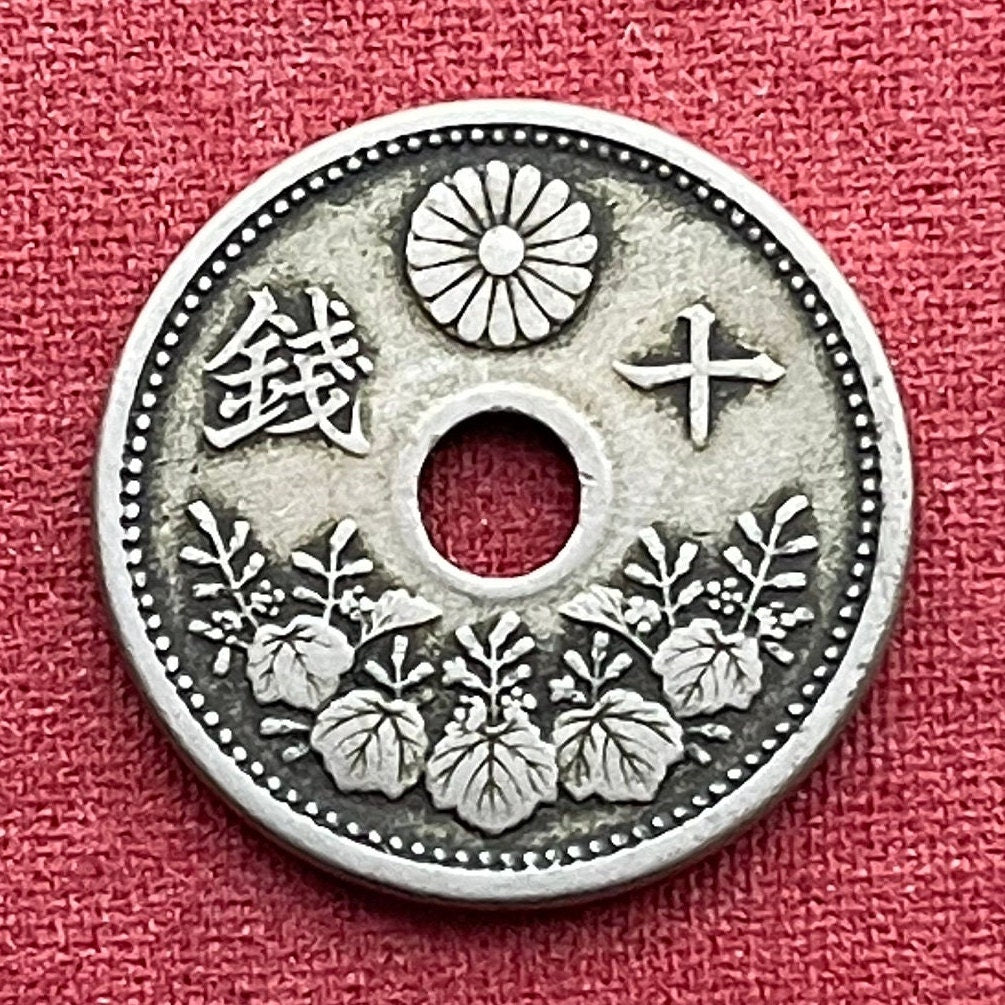
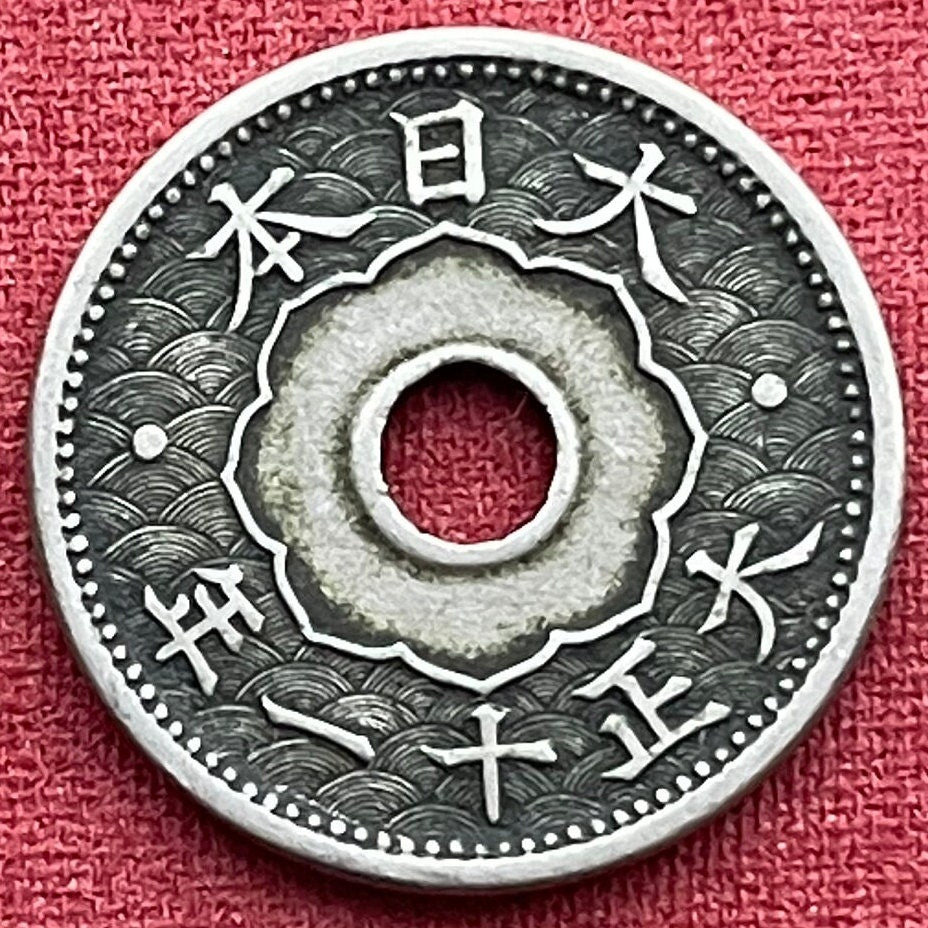
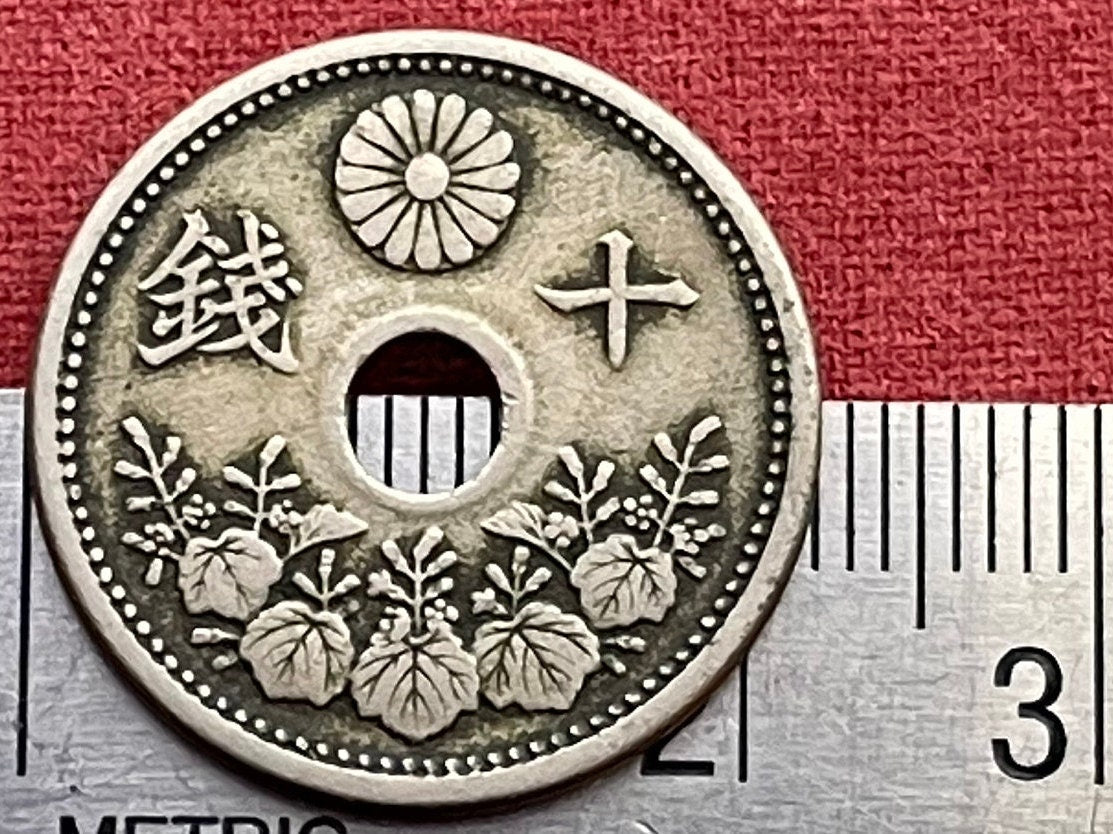
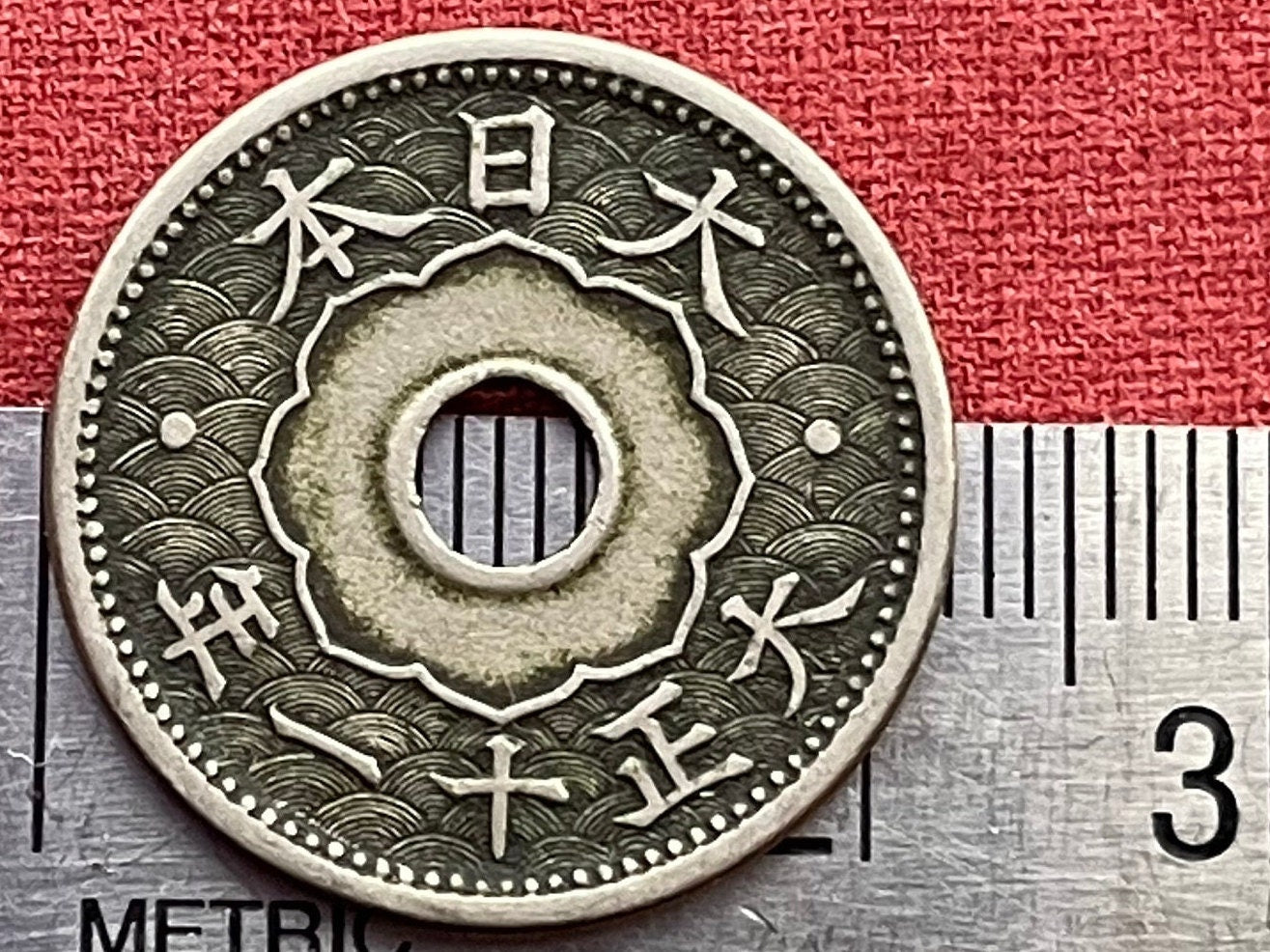
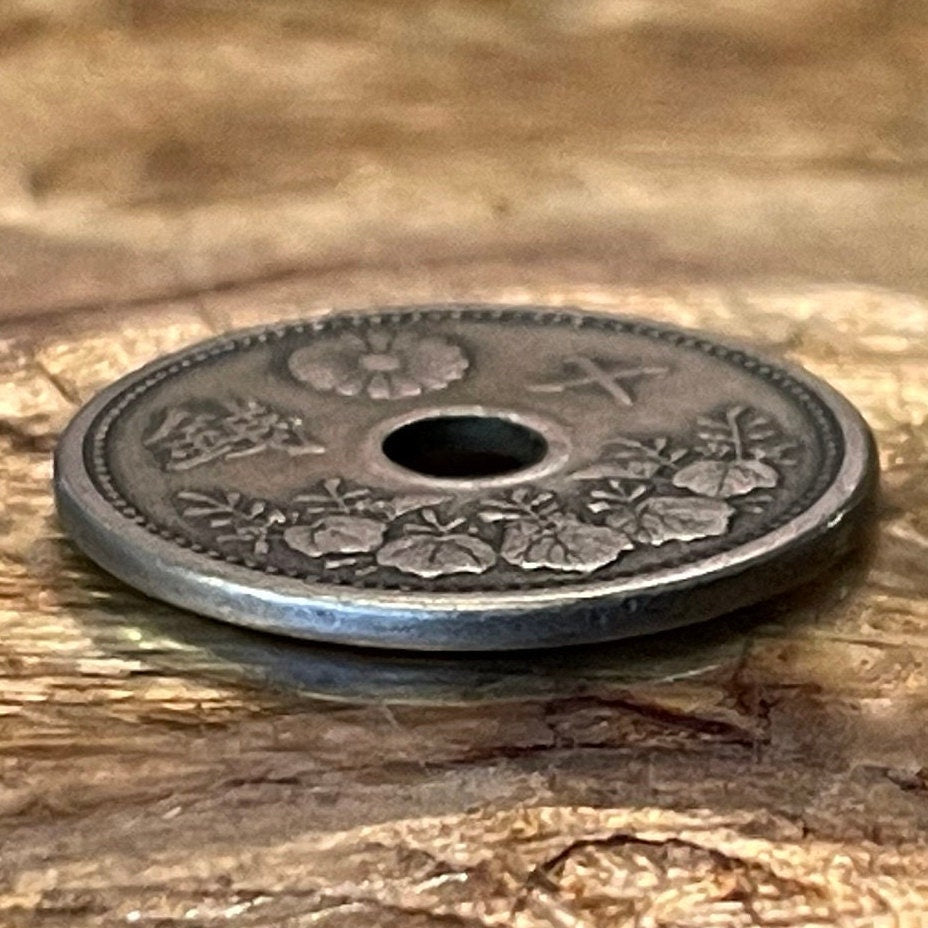
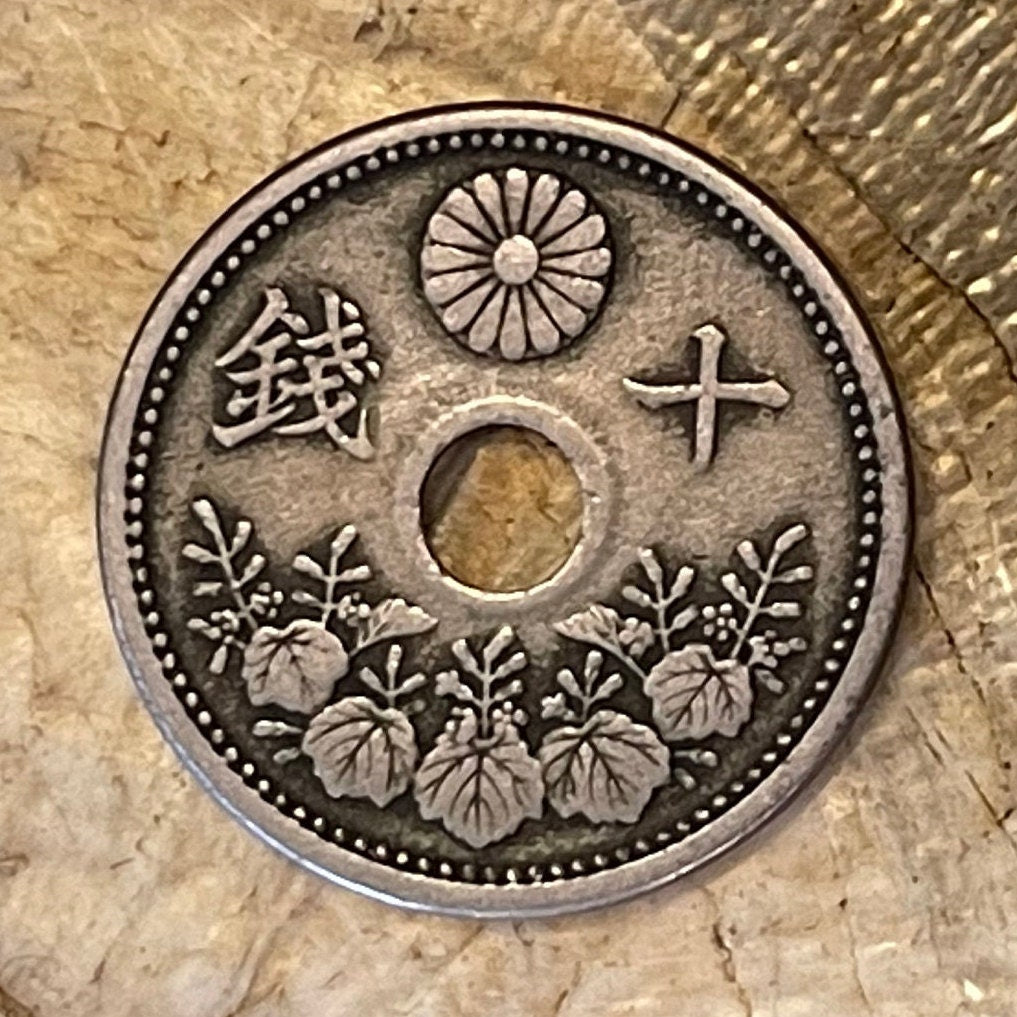
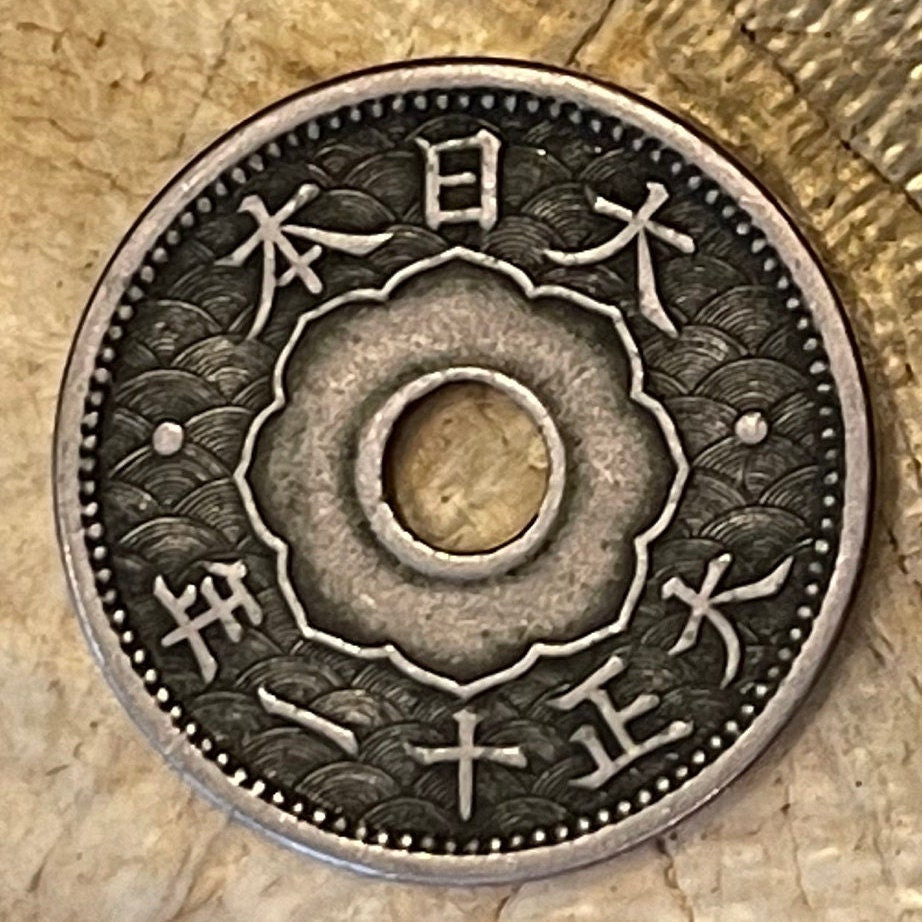
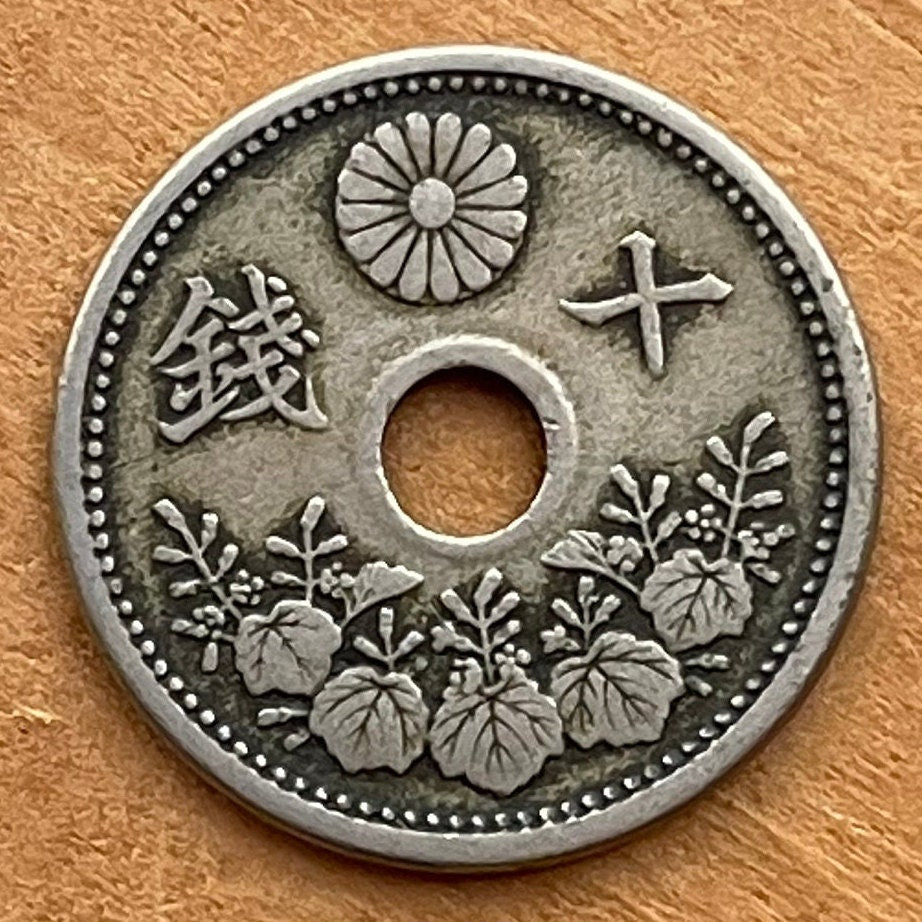
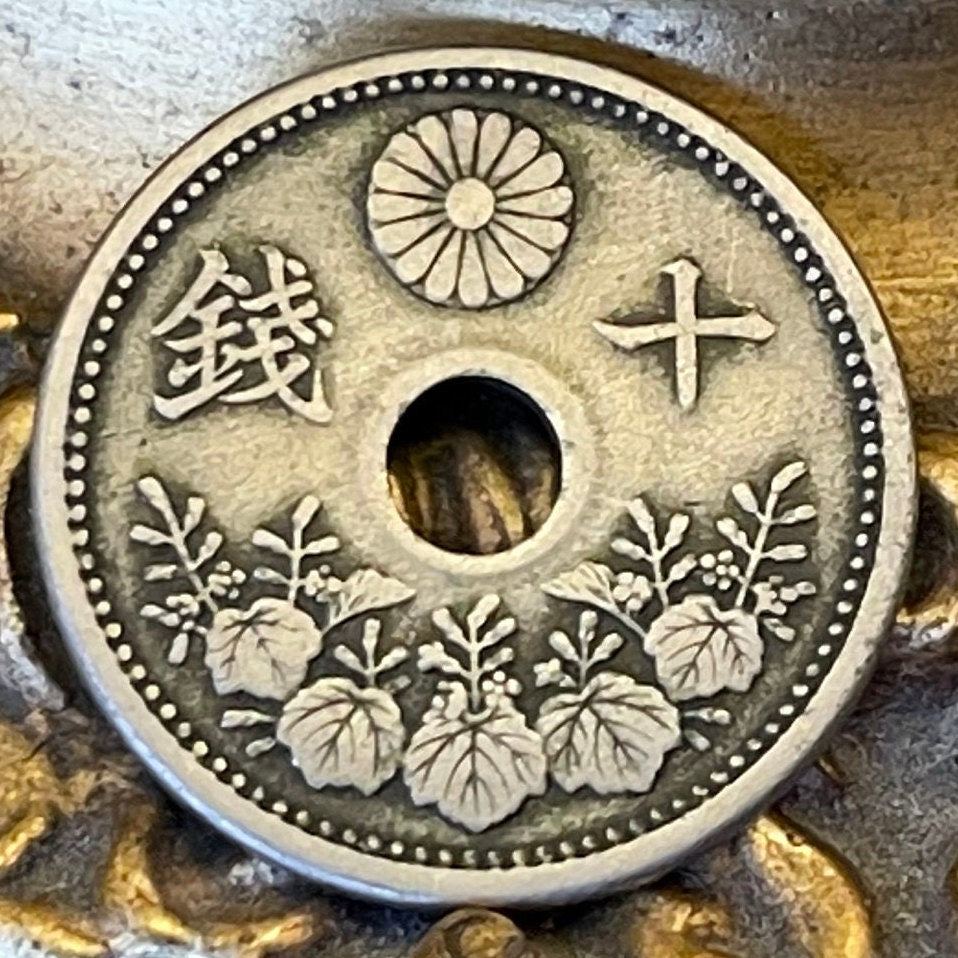
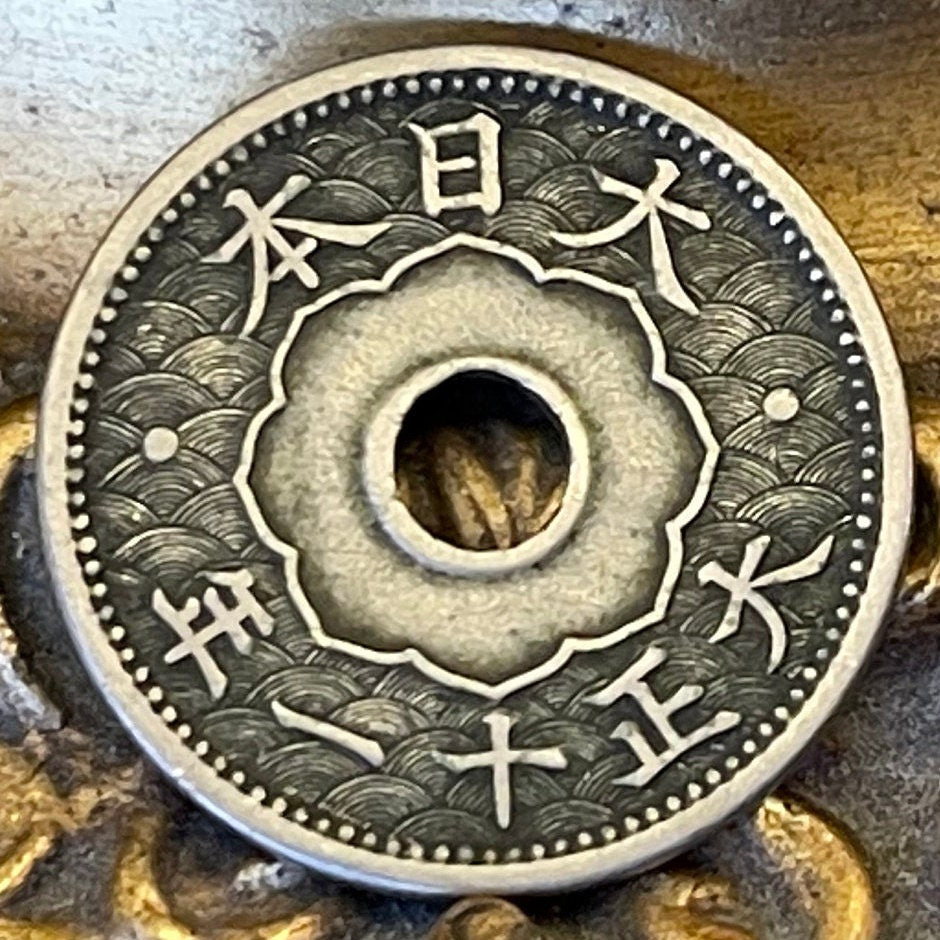
5 stars review from Coleman
5 stars review from Stephanie
Really nice! So beautiful! Love them!
its ok for the price
5 stars review from Mark









